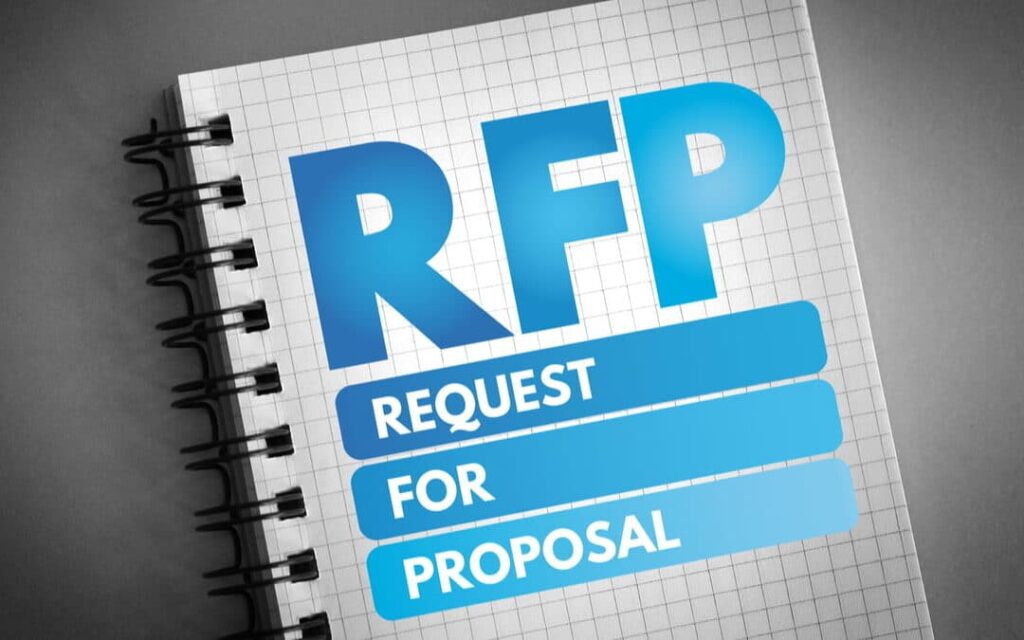A Request for Proposal (RFP) represents a critical business opportunity that demands precision, clarity, and strategic thinking. Successful RFP responses can secure major contracts and establish long-term business relationships. This guide walks you through the essential steps of creating winning proposals.
Initial Assessment and Planning for an RFP
Before diving into the response, proper assessment and planning set the foundation for success. Organizations must evaluate their capability to deliver and determine if pursuing the opportunity aligns with their strategic goals.
Understanding the RFP Document
Start by thoroughly reading the entire RFP document—twice at minimum. The first read provides an overview, while the second allows you to identify specific requirements, deadlines, and evaluation criteria. Mark crucial elements such as:
- Submission deadlines and format requirements
- Mandatory qualifications and certifications
- Scope of work and deliverables
- Evaluation criteria and scoring methodology
- Budget constraints or pricing requirements
- Compliance requirements and legal terms
When to Use a Request for Proposal (RFP)
A Request for Proposal (RFP) is a formal document used by organizations to solicit proposals from potential vendors or service providers. It outlines project requirements, evaluation criteria, and submission guidelines.
Here are detailed scenarios where using an RFP is advantageous:
1. Complex Projects
For projects that are multifaceted and require specialized expertise, an RFP is essential. When the scope involves intricate details or advanced technical knowledge, the RFP process enables organizations to gather proposals from vendors with the necessary skills. This approach helps ensure that the selected vendor understands the complexities involved and can deliver the expected results.
2. Budget Considerations
When managing a limited budget, an RFP can help obtain competitive bids from various vendors. This process fosters a transparent comparison of costs, allowing organizations to identify the best value for their investment. It also encourages vendors to propose creative solutions that may reduce expenses while meeting project requirements.
3. Multiple Solutions
If there are different ways to achieve project objectives, an RFP is beneficial. It invites vendors to present diverse approaches, fostering innovation and creativity. By evaluating various proposals, organizations can identify the most effective solution that aligns with their goals.
4. Formal Evaluation
An RFP provides a structured framework for evaluating vendor proposals based on predetermined criteria. This process promotes fairness and objectivity, ensuring that all submissions are assessed consistently. Organizations can compare proposals side by side, making it easier to identify strengths and weaknesses in each offer.
5. Vendor Selection
When looking to establish long-term relationships with suppliers or service providers, an RFP is crucial. It helps organizations vet potential vendors, ensuring they have the necessary qualifications, experience, and track record. The RFP process also allows for detailed discussions about expectations, timelines, and deliverables, fostering alignment between both parties.
6. High Stakes
For significant investments, such as infrastructure projects or major IT implementations, using an RFP is vital. The stakes involved require careful consideration and thorough evaluation of potential vendors. An RFP ensures that organizations conduct due diligence, mitigating risks associated with vendor selection and project execution.
How to Write a Successful Request for Proposal
Here’s a structured approach to creating an RFP:
Define the Purpose and Scope
Clearly articulate the goal of the RFP. Explain why you are seeking proposals and what you hope to achieve. Detail the project requirements, including specific tasks, deliverables, and expected outcomes. Be as precise as possible to avoid ambiguity.
Outline Your Organization
Provide a brief overview of your organization, including its mission, values, and relevant experience. This helps potential vendors understand your context and needs. Include details of the primary contact person for the RFP, ensuring vendors know who to reach for questions.
Specify Requirements
Outline any specific technologies, methodologies, or qualifications needed for the project. Include any mandatory certifications or standards. Indicate any budget limitations, if applicable, to guide vendors in their proposals.
Proposal Evaluation Criteria
Describe how proposals will be assessed. Include criteria such as pricing, experience, approach, and timeline. If applicable, specify how much weight each criterion carries in the overall evaluation.
Timeline
Key Dates: Provide a timeline for the RFP process, including:
- Release date of the RFP
- Deadline for questions
- Proposal submission deadline
- Date for proposal evaluations
- Expected decision date
Submission Guidelines
Specify the format in which vendors should submit their proposals (e.g., PDF, Word document). Indicate how proposals should be submitted (e.g., email, online portal) and provide relevant details.
Additional Information
FAQs: Consider including a section for frequently asked questions to address common concerns or clarify expectations. If there are additional documents or data relevant to the RFP, include them as attachments.
Closing Statement
Encourage potential vendors to participate by expressing your openness to innovative ideas and solutions. Reiterate the contact information for any inquiries regarding the RFP.



